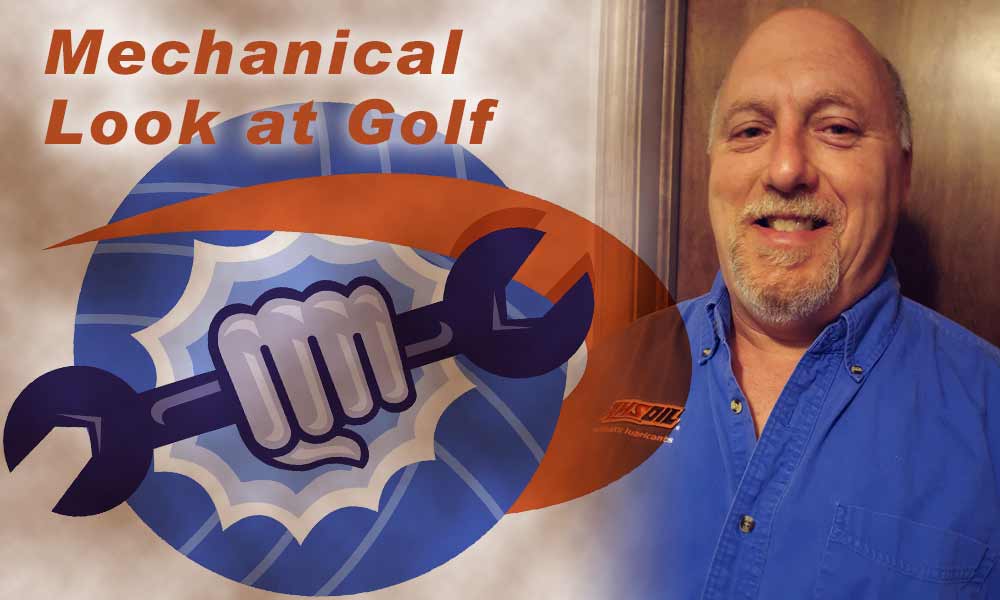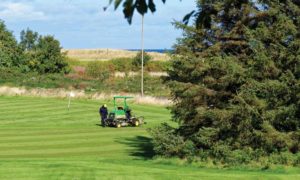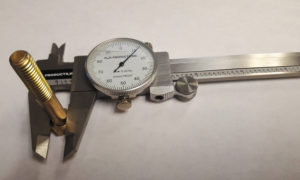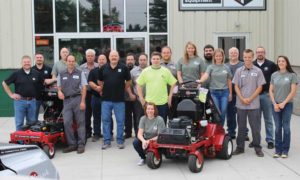This is the first of a series of articles devoted to golf course equipment and anything related to it. Topics will cover the gamut of repair techniques, trouble shooting and theory of how it works. Also, new tools and ideas to make the challenging job of maintaining and repairing this equipment a little easier.
The skills needed to troubleshoot and repair equipment has changed so much since that fall day in 1980 when I received the title of Golf Course Equipment Mechanic. I still have an old wooden sign that hangs in my garage that reminds me of this. I was and am still honored to have earned that first job title. Yes, the title of Turf Equipment Technician did not exist yet. The job titles have changed over the years from mechanic to equipment manager. Instructor to service manager and salesman. My roots run deep in the love of a great running mowers cutting the beautiful contour of a winding fairway and a sharp stripe on the morning green. The desire for a manicured golf course has not changed. The equipment used to create those results sure has.
Before receiving any formal mechanical education, I worked on the grounds crew at the local country club so I could take advantage of playing golf for free. Sound familiar? One of the first jobs was to mow tees. The superintendent met me out at first tee to give a tutorial on how to operate a walking mower. After a quick lesson, I had two questions for him, before he sent me on my way. “How do I know when I am finished and what is my next job?” His response was,” keep mowing until you get to the 18th green then start over again.” I wondered to myself, I’m just a 17-year-old kid, was this some sort of test or even a punishment? I soon learned it took two days to get around the golf course walking behind that smoking two cycle powered mower. There was no utility cart and trailer to haul the mower from tee to tee. Just my two legs. I sure don’t miss those days.
Most of the mowing equipment then was mechanical. Such as ground driven gang mowers pulled by a gasoline powered tractor. Heavy cast iron single cylinder engines turned various chains, sprockets, belts and pulleys to propel equipment and spin the reels. Diesel engines were not as prominent as they are today and hydraulics were not as sophisticated.
The equipment has gone through a progression of change from those days to today’s clean burning fuel injected v-twin gasoline engines and turbo charged Tier 4 diesels driving computer controlled hydraulic systems. Hybrid mowers with variable speed electric reel drives are becoming common place on the golf course.
With such a broad spectrum of equipment in use on golf course today there is a very valuable tool needed that it is not found in any tool box. This tool is known as information.
In 1980 the most common way to get information was resources such operator’s manual, part books or maybe a supplier’s catalog could be used for reference. Service manuals in general covered small engine repair only. Finding much needed information took time, a lot of phone calls or picking the brain of any seasoned mechanic I came across. A Turf Equipment Technicians Association was unheard of.
There was no internet or cell phones in 1980. Internet and cell phone began to take shape at about the same time in 1983. The more recognizable form of the World Wide Web as we know it, had begun around 1990. Computers and Internet access is now one of the most powerful go to tools for the Golf Course Equipment Technician. The only thing high tech in my tool box back then was an inductive pickup ignition timing light that had gone extinct years ago.
The days of having filing cabinets or book shelves full of operator, part and repair manuals are almost extinct. No more greasy torn and tattered pages to thumb through. How about now scrolling through the quick easy access of the wealth of information from the OEM turf equipment manufactures’ websites. Online one can access operator manuals, part breakdowns. Plus, troubleshooting and repair procedures.
Any of this can be download to be printed or saved to a computer for quick reference in the future. This information can be accessed through various devices from a desk top computer, lap top, notebook and smartphones.
This information can go where you go. Whether you’re in the office placing an order with a vendor or out in the repair shop looking up the service parts and procedures for the mower that is in for service. Even watching a how to repair video online. A big plus is having the option to access the internet out in the middle of the golf course when trouble shooting a mower to get it up and running again. More than once I carried a stack of manuals out in the field to diagnose a breakdown and still needed to return to the shop in search of additional information.
I am going to leave you this month with the invitation to come back as we can learn together to build our knowledge base. Plus, improve our mechanical skills and know how to make the job a little easier and more productive. Also, how about more enjoyable. Remember at the end of the day we are just mowing grass….
For any questions, ideas or comment please contact me at mxk92@yahoo.com



























